Estimated reading time: 11 minutes
In most of the world, wheat is a staple of almost everyone’s diet. Bread, pasta, cakes, cookies, cereal, and even beer all have wheat in them. Because of this, many off-gridders are trying to grow their own wheat, but unfortunately, wheat can be difficult to grow depending on the land and climate.
Thankfully there are a plethora of other plants both wild and domesticated that can be made into flour. Some of these plants are gluten-free which can be great for those with sensitivities, but keep in mind they can be quite different to bake with. Gluten is what gives dough made from wheat flour its characteristic stretchiness.
Want to save this post for later? Click Here to Pin It On Pinterest!
1. Acorns
Acorns may be touted as an emergency survival food (some call them the ultimate survival food), but they make a surprisingly delicious flour for everyday use. They’re easy to recognize and forage, plus they’re abundant in many forests. However, they do take a while to process.
Because of their high tannin content, acorns must be leached in water before they can be eaten. It may be worth the trouble, though, for their good flavor and abundance of protein and healthy fats.
2. Almonds
Depending on your location, almonds can be trickier to grow than many other options. They require a warm climate, bountiful water, and take quite a while to reach maturity and produce.
Still, they’re a favorite for those looking to eat more gluten-free and raw foods. They’re full of protein and healthy fats and fairly easy to process into flour.
3. Amaranth
This is one of the easiest to grow. Amaranth is heat and drought resistant and grows so well it’s often thought of as a weed. In fact, many people actually call wild varieties pigweed.
It’s high in protein and was bred and grown for flour by the Inca and Aztec people of South America. Like many other grains, it does need to be winnowed to remove any chaff (plant material & hulls) after harvesting.
4. Bark
Yes, you can literally grind tree bark into flour if you want to. In fact, there is ample evidence that human societies all over the world have historically grinded birch and pine bark into flour, including those who were more privileged or well off. Pine bark in particular is very rich in nutrients and calories.
People who inhabited Scandinavia would often take out the inner bark and mash it down into flour, while the flour made from the outer bark would be used to preserve the existing inner bark flour. Not only was this technique used to make bread, it was used to make cookies too.
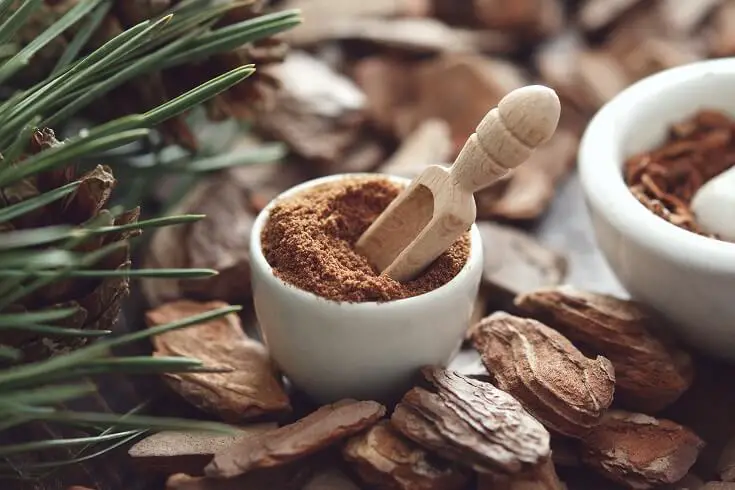
5. Barley
Barley is one of the oldest cultivated grains, highly adaptable to different climates and soil types. While commonly used for brewing and in soups, barley can also be ground into flour. Rich in vitamins, minerals, and fiber, barley flour adds a sweet, nut-like flavor to baked goods. It's particularly good for making bread, muffins, and even as a thickener for gravies and sauces.
6. Buckwheat
Though not related to wheat, buckwheat still makes a tasty flour. It’s also one of the fastest-growing grains and grows so fast it will smother weeds. It does well in extremely poor soil and is loved by honeybees and other pollinators.
It does require threshing and winnowing, just like wheat. Nutritionally, buckwheat is high in protein and great for hungry homesteaders.
7. Cattails
Cattails are awesome for a lot of reasons but many people love them for their high protein pollen which can be easily harvested and used just like flour. All you have to do is shake the pollen off into a bag and it makes excellent yellow pancakes.
Cattails are also typically very easy to find, though it’s important to note that they’re bioaccumulators, so they take up environmental toxins. Avoid harvesting cattails in polluted or sprayed areas.
8. Chestnuts
Despite the devastating loss of American chestnuts in eastern forests, you can still forage or grow chestnuts. You may find or plant sweet chestnuts, Chinese chestnuts, or Chinese-American hybrids which are being reintroduced. While chestnuts are easy to grow, forage, and harvest they can be difficult to peel but they do make an excellent high protein flour.
9. Chickpea
Also called garbanzo beans, chickpeas are another easy to grow nitrogen-fixing legumes. They’re quite productive and easy to make flour from, but prefer warm climates. Chickpea flour is a good source of vitamin B6, folate, magnesium, iron, and protein.
10. Coconuts
Growing coconuts is only practical in a warm climate, but if you don’t live in a warm climate and really want coconut flour, you can still make it using unsweetened coconut flakes which are very affordable.
Coconut flour is generally made from the pulp leftover from making coconut milk, giving you two useful products. It’s high in fiber and many micronutrients.
11. Crabgrass
Many people think crabgrass is an annoying species to be exterminated, but at one time it was actually a prized, cultivated grain. Its seeds can be easily harvested and ground into flour which is high in protein.
12. Curly Dock
Curly dock is an easy-to-find wild plant that’s often foraged for its leaves. Much like plantain, curly dock also offers an abundance of seeds that grow on tall spikes that can be ground into flour. Also like plantain, they don’t require winnowing and are high in protein, making them a great option.
13. Flint/Dent Corn
Today we don’t think of cornmeal as a flour, but it can be an excellent substitute. Flint and dent varieties of corn often thrive where wheat struggles and some are extremely drought resistant.
They’re also easier to harvest and process than many other grains, though their flour doesn’t offer the protein that many seed and nut flours do.
14. Hemp Seeds
Hemp seeds are gaining popularity as a superfood, and they can also be ground into a highly nutritious flour. Hemp plants are hardy and grow quickly in various climates. The seeds are a great source of omega-3 and omega-6 fatty acids, protein, and essential amino acids. Hemp flour has a mild, nutty flavor and can be used in baking bread, muffins, and protein bars.
15. Mesquite Pods
Mesquite trees are a common sight in the Southwestern Untied States. The trees produce what are called mesquite pods (or mesquite beans), that are shaped very similarly to legumes.
They are perfectly edible, and were often grounded down into flour by the Native Americans who once inhabited the region. Specifically, the flour would then be mixed into cornmeal, so it could be turned into hotcakes to be consumed for breakfast.
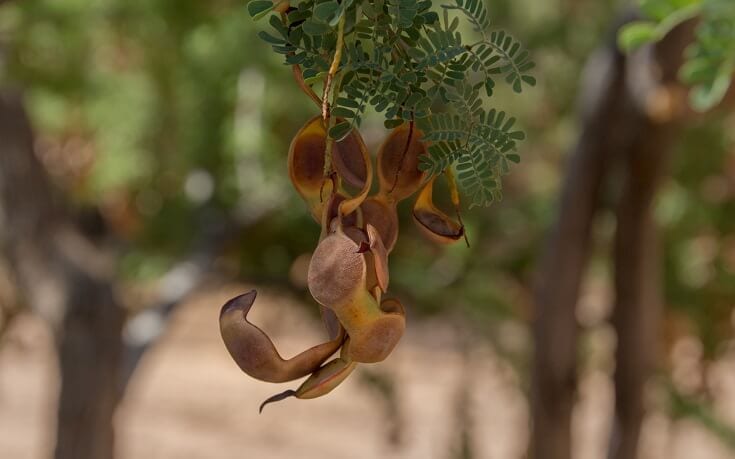
16. Millet
Millet has long been a staple crop and is notorious for its ability to withstand drought conditions. It’s easy to grow but does require threshing and winnowing. Millet is high in protein and magnesium, and it acts as a prebiotic, feeding gut flora. It’s also gluten-free.
17. Oats
Growing oats is surprisingly easy and they are one of the few grains that can withstand rather cold climates. Today there are also hull-less varieties that produce less but have a clear advantage in processing time. Oat flour is also relatively high in protein and fiber.
18. Parsnip
While parsnip has traditionally been harvested primarily for its roots, you can grind it down into a flour. Parsnip flour tastes best when it is turned into either pasta or noodles, and does not make as good of bread as the other plants listed here. But some people do report that parsnip flour tastes better as pasta than wheat flour does.
19. Plantain
While the name plantain may evoke images of a fried starchy banana plantain, is also a common weed. In the U.S. both broadleaf and narrow leaf plantain are fairly common in lawns, gardens, and fields.
Their leaves are often used in herbal remedies, but they also grow long stalks covered with seeds which can easily be collected and ground into flour. While they’re easy to harvest, the seeds are small so you’ll need a fairly large patch.
20. Purslane
Purslane is a weed that thrives in desert soil under the hot sun. It is perfectly edible, but it can be used for much more than just eating.
In fact, purslane makes for a good addition to green salad, and as the Ancient Greeks found out, the seeds can be mashed down into bread flour as well. If you happen to live in a dryer climate, stay on the lookout for Purslane around you.
21. Quinoa
Quinoa is the cool weather loving cousin of amaranth. Just like amaranth, it’s very easy to grow and offers a good high protein flour.
22. Rice
Rice flour is becoming more popular at stores with the rise of gluten-free diets, but it’s also easy to make from home. Rice can be purchased in bulk, grown at home, or wild harvested and then ground.
Unfortunately, wild rice, which used to be abundant throughout the eastern U.S., is now limited to the great lakes region and remote areas of New England because of habitat loss.
However, rice is surprisingly easy to grow at home even if you live in a northern climate. And contrary to popular belief, rice does not need to be flooded.
23. Rye
Growing rye is very much like growing wheat, which is easier than you’d think. As with many grains, the tough part is harvesting and processing if you don’t have the equipment to do it with. It is more nutrient dense than many modern wheat varieties though.
24. Sorghum
Sorghum is mostly well-known for molasses production, but there’s also varieties that have high grain production. It’s much like growing corn and does well in hot, dry climates.
Unlike corn, however, the seeds have to be processed and winnowed. Sorghum flour is surprisingly healthy and offers plenty of protein, iron, B vitamins, and fiber.
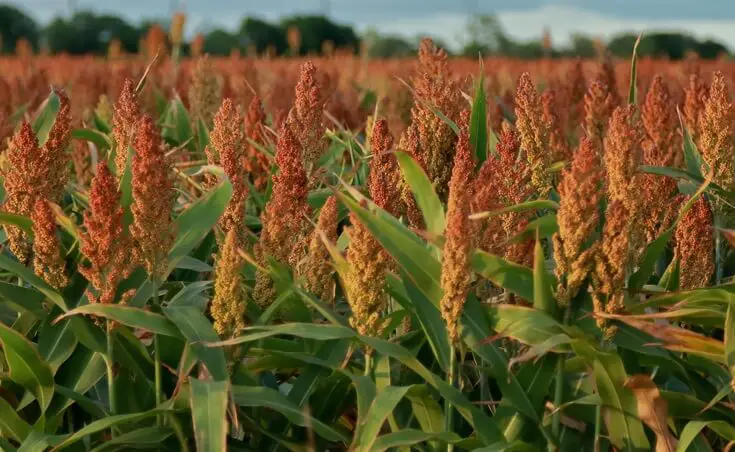
25. Spelt
Spelt is actually just a sub-species of the common hard red winter wheat. It’s not too difficult to grow, though you’ll spend quite a bit of time threshing and winnowing the grain. Spelt is high in nutrients, but if you’re looking for a gluten-free option, it only has slightly less gluten than wheat.
26. Sunflower Seeds
Sunflower seeds might be more recognized as a snack or bird food, but they can also be ground into a nutritious flour. Sunflowers are relatively easy to grow and maintain, thriving in most climates with minimal care.
The seeds are rich in vitamins E and B, magnesium, and copper, making the flour a healthy addition to your diet. Sunflower seed flour has a slightly nutty taste and works well in bread, cookies, and as a thickener for soups and sauces.
27. Soy
While soy often gets a bad rap, it’s actually very healthy. Soybeans are easy to grow, and growing your own allows you to choose heirloom varieties over “round-up ready” strains. They’re actually nitrogen fixing legumes perfect for adding fertility to your garden. Soy flour is high in protein and relatively easy to make.
This list is by no means comprehensive but should provide you with some ideas about how to live on a diet right from the land. It’s absolutely possible to make healthy, tasty flours without growing acres of wheat.
28. Sweet Potatoes
Sweet potatoes are not just for pies and casseroles; they can also be dried and ground into flour. This versatile crop is easy to grow and store. Sweet potato flour is rich in vitamins A and C, fiber, and manganese.
It adds a slightly sweet flavor to baked goods and can be used to make bread, pancakes, and even as a thickener for soups and sauces. Plus, it's a great gluten-free option for those looking to diversify their flour choices.
29. Teff
Originating from Ethiopia, teff is a tiny grain packed with nutrients. It's a staple in Ethiopian cooking, often ground into flour to make injera, a traditional flatbread.
Teff grows well in both dry and wet climates, making it a versatile crop for various environments. The flour is high in protein, calcium, and iron, and it's naturally gluten-free, making it a great alternative for those with gluten sensitivities.
30. Wild Rice
While technically a grass, wild rice grains can be ground into a unique, nutty-flavored flour. It's native to the upper Great Lakes region of the United States and grows in shallow water. Wild rice is high in protein, dietary fiber, and low in fat. The flour can be used in baking, especially for making bread and pancakes, offering a rich, earthy flavor.
Like this post? Don't Forget to Pin It On Pinterest!
You May Also Like:

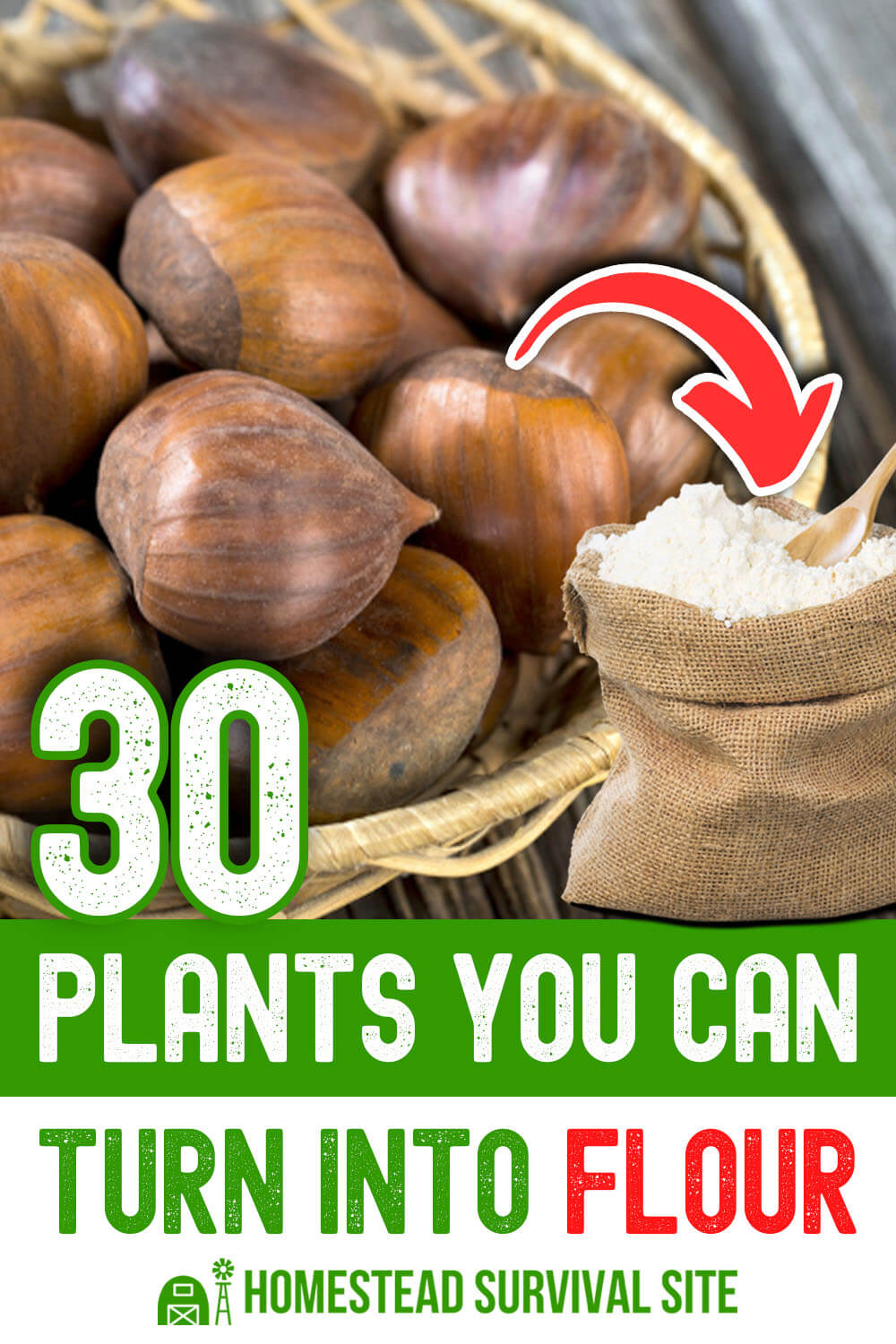


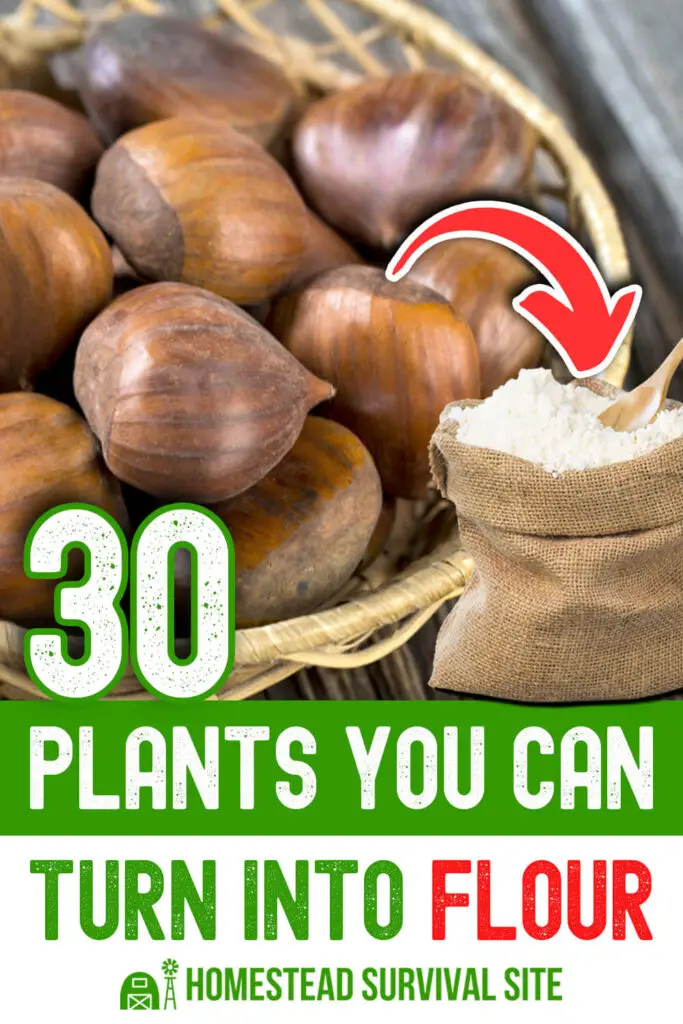

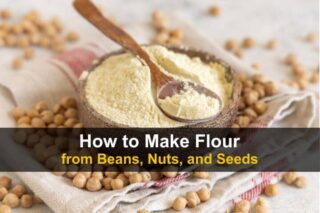
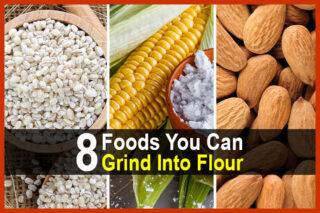
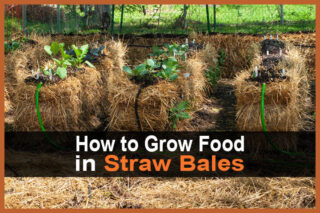


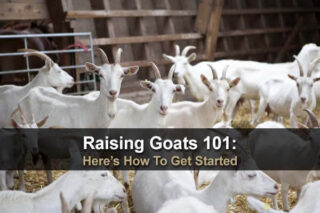
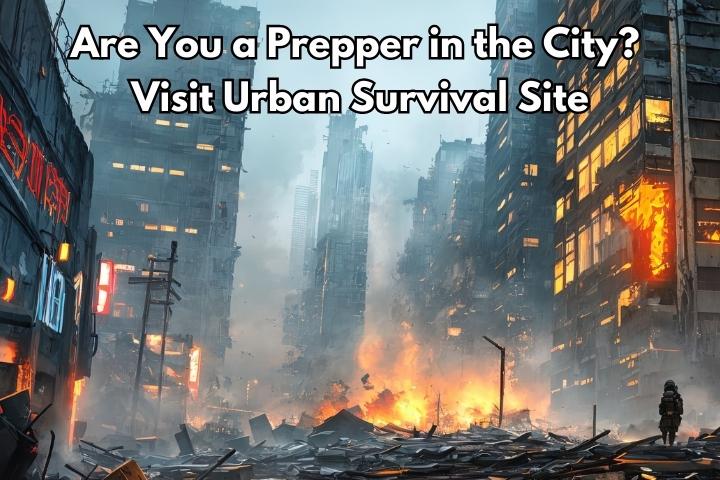

The root of the kudzu plants can be dried and ground up for flour and stew thickener.
I didn’t know that, thanks for sharing!
Acorn flour. WOW. Might try that one , google here I come
Thanks for sharing
Love any kind of self sufficient ideas live on 2 semi acres have a 20×30 foot garden. When I first started out planted direct and couldn’t tell the difference between weeds and vegetables. Now I plant in small paper cups then transplanted. Then learned that you can’t plan on weather. Some plants like semi dry seasons some don’t. Always a guessing game.
I’ve heard that you can make flour out of kudzu. What are other things that kudzu can be used for besides erosion control? The Southern Weed!!!
I make flour out of mesquite seed pods .. it is very nutritious and delicioso!
Sweet .. amazing to bake with .